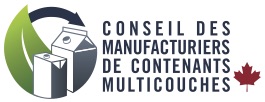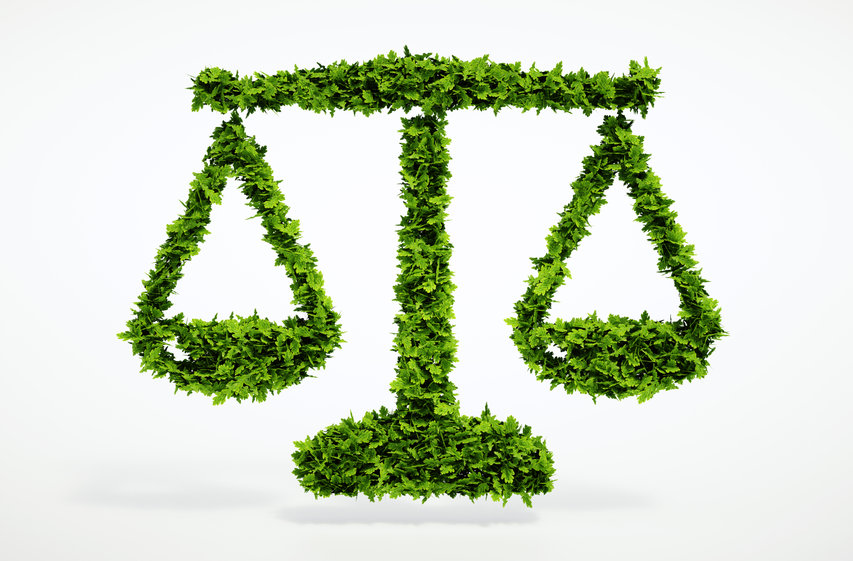Note: this blog was originally published on April 5th but was updated on April 20th to reflect developments pertaining to the Ontario Blue Box Regulation.
The landscape for carton recycling in Canada continues to evolve. In 2022, we have seen – and will continue to see – important shifts in approach across the country. Below we’ve highlighted a few key changes affecting carton recycling in specific provinces.
Ontario
Perhaps most notably, planning for the shift of Ontario’s Blue Box to Full Producer Responsibility continues. Unfortunately, there have been some bumps in the road. While a spokesperson for the Ministry of Environment, Conservation, and Parks recently spoke of Ontario soon being home to “…a leading blue box service that will better serve the taxpayer, have the highest waste diversion targets in North America, and promote innovations in recycling technologies and use of recycled materials”, those involved in the process argue that the Blue Box Regulations released in June 2021 are unnecessarily complex on one hand and lack rigorous recycling standards on the other.
In light of the lack of agreement amongst the three rule-making Producer Responsibility Organization (PROs), the Ministry put in place a mediation process this past February. The Ontario government subsequently amended the Blue Box Regulation and published these amendments on April 19. The changes are in line with some key stakeholders’ demands to make the new system more workable. In short, they support the development of a common collection system (as opposed to fragmented systems) operated by an Administrator (as opposed to operated by the various PROs). Many nonetheless remain worried that very little time remains to get a system off the ground for July 2023, when a third of the province, including the city of Toronto, is set to transition.
In other news, the Canadian Beverage Container Recycling Association (CBCRA), the not-for-profit, industry-funded group currently operating the beverage container recycling program in Manitoba, will expand its tremendously successful Recycle Everywhere program into Ontario in October 2022. The program focuses on cost-effective and convenient ways to recycle empty beverage containers both at home and out and about within the community. We are excited to see the impact of their efforts in Ontario.
Lastly, representatives of the Resource Productivity and Recovery Authority recently announced that consultation with stakeholders on recovery performance reporting under the new Ontario Blue Box program is forthcoming. This is an important matter for cartons and other materials, as accurate reporting is key to measuring and improving performance. We look forward to the outcome of this exercise.
Quebec
In Quebec, efforts to modernize both the deposit system and the curbside recycling system continue. Draft regulations related to the province’s deposit system were posted in January 2022, and the comment period ended on March 11. According to information provided by Ministry staff during the consultation period, the modernized deposit system is expected to be implemented in May, 2023 (first day of the 10th month following sanctioning of the final regulation, this assumes a mid-July approval of the Regulation). According to the phased approach, beverage cartons will be included on January 1, 2025 (on the third year following the approval of the Regulation). Cartons holding non-beverages e.g., soup, will continued to be managed via the province’s curbside system.
To that end, efforts are also underway to modernize Quebec’s curbside recycling system, transitioning to an extended producer responsibility (EPR) model, from the current cost-sharing/reimbursement model. According to Éco Entreprises Québec, “In a modernized system, companies who market containers, packaging, printed matter and newspapers will be responsible for overseeing and supporting the management of their materials across the entire Quebec territory. They will be assigned performance goals for the recovery and recycling of their materials, with realistic and progressive targets regarding market development. This is what we refer to as a circular management of materials.” It’s important to note that Quebec’s approach to an EPR curbside system obligates all generators from every sector, not just those supplying into the residential system, and that is a key departure from the strategy in other provinces to date. The transition is expected to be completed by 2025.
Western Canada
In Western Canada, British Columbia introduced milk and milk substitute cartons into the province’s deposit system, effective February 2022. The advantage of capturing the majority of cartons in one system is that it is easier to communicate to the public and lessens the confusion often caused by differentiating containers based on what they happen to have in them. So far, the process seems positive. “It has been a pretty smooth transition so far. Awareness levels are very good and the containers are coming into the system as planned,” says Sandy Sigmund, Vice President, Development & Chief Marketing Officer, Return-It. We look forward to continued updates.
For its part, Alberta introduced Bill 83 in Fall 2021 which enables an EPR framework, and led targeted virtual engagement sessions through December 2021. A source close to the file tells us the regulations are currently being drafted and are expected to be released in late Spring 2022. As compared to other provinces, these regulations will be considered final (i.e., there will be no comment period). Producers are expected to have approximately two years to prepare for implementation.
Atlantic Canada
In New Brunswick, regulators have mandated EPR for packaging and paper. Producers must submit a stewardship plan for approval by October 14, 2022 and implementation is expected within six months of that, by April 2023. Milk cartons are expected to be included in this new system while other beverage cartons will continue to be managed in the deposit system. Some stakeholders have questioned the approach of excluding certain containers from the deposit system, and are recommending that the definition of “beverage” be brought back to its most basic form – i.e., “if you can drink it” as the basis for inclusion in the deposit system.
Nova Scotia is also consulting on an EPR regulation for packaging and paper; feedback is due by April 11. No proposed timeline for implementation has been put forth to date.
In summary, a great deal of activity is happening on the Canadian waste diversion and EPR landscape. While much attention is on Ontario as it transitions to a fundamentally different approach to packaging producer responsibility, we are also eager to see the impact of the paths that those provinces who are new to EPR for packaging and paper choose to take. In all cases, we are particularly interested in ensuring that performance tracking is maintained and improved, because, simply put, “If you can’t measure it, you can’t improve it.”


